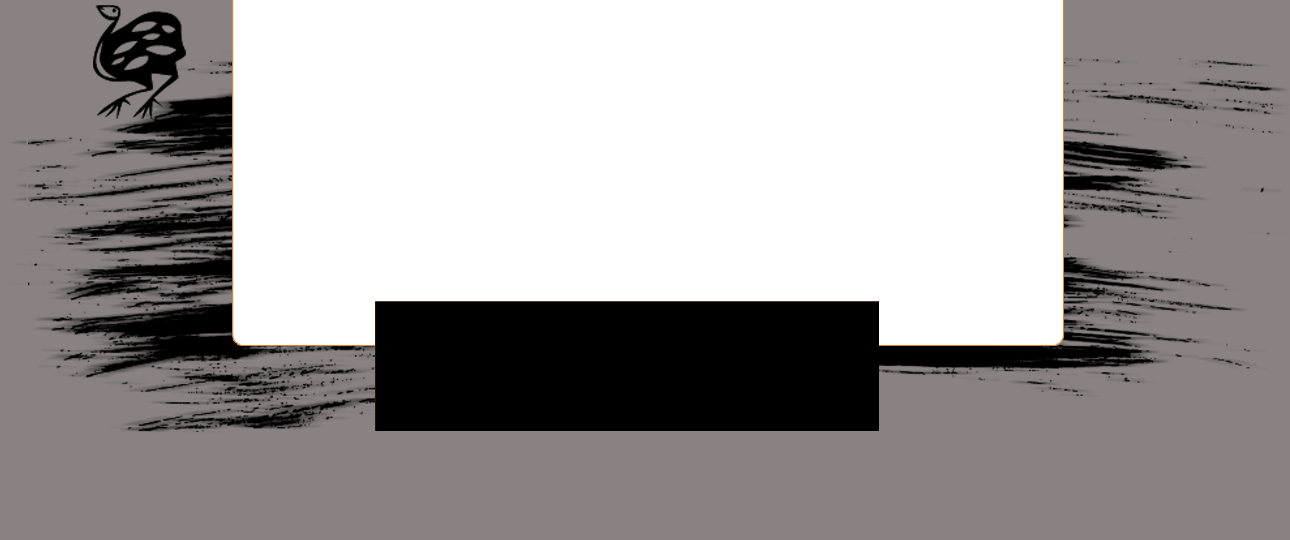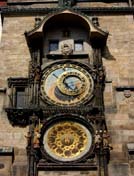TOUR OF EUROPE
For a more detailed look at some of our European tour programs, see these links:
St. Cyprian Music High School Tour ...more
St. Joseph's History Education Tour July...more
Prague
Astronomical Clock, Prague Castel, Hradcany, Cathedral of St. Vitus, Charles Bridge, St. Wenceslav square.
Prague is the capital and largest city of the Czech Republic. Situated on the Vltava river in central Bohemia, Prague has been the political, cultural, and economic center of the Czech state for over 1000 years. Prague is widely considered to be one of the most beautiful cities in Europe and belongs to the most visited cities on the continent. Since 1992, the historic centre of Prague has been included in the UNESCO list of World Heritage Sites.
You will see the Prague Castle and Hradčany, the Cathedral of St Vitus, Charles Bridge and St Wenceslas Chapel.
Prague Castle is a castle in Prague where the Czech kings, Holy Roman Emperors and presidents of Czechoslovakia and the Czech Republic have had their offices. The crown jewels of the Bohemian Kingdom are kept here. Prague Castle is one of the biggest castles in the world (according to Guinness Book of Records the biggest ancient castle [1]) at about 570 meters in length and an average of about 130 meters wide.
Charles Bridge is a famous historical bridge that crosses the Vltava River in Prague. The bridge is 516 meters long and nearly 10 meters wide, resting on 16 arches shielded by ice guards. It is protected by three bridge towers. The Old Town bridge tower is often considered to be one of the most astonishing civil gothic-style buildings in the world. The bridge is decorated by a continuous alley of 30 statues and statuaries, most of them baroque-style, erected around 1700. During the night Charles Bridge is a quiet place. But during the day it changes its face into a very busy place, with painters, owners of kiosks and other traders alongside numerous tourists crossing the bridge.
Vienna
Famous Kartnerstrasse, St.Stephen Cathedral, Schonbrunn Palace, Hofburg, Vienna State Opera House, Figaro House, Parliament. Vienna is the capital of Austria. Vienna is Austria's primate city; with a population of about 1.7 million and is by far the largest city in Austria as well as its cultural, economic and political centre. Vienna lies in the very east of Austria and is close to the Czech Republic, Slovakia and Hungary. In 2001, the city centre was designated a UNESCO World Heritage Site and an Economist Intelligence Unit study of 127 world cities ranked it third for quality of lifeSt. Stephen's Cathedral is the mother church of the Archdiocese of Vienna and the seat of the Archbishop of Vienna, Christoph Cardinal Schönborn, OP. Its current Romanesque and Gothic form seen today, situated at the heart of Vienna, Austria in the Stephansplatz, was largely initiated by Rudolf IV and stands on the ruins of two earlier churches, the first being a parish church consecrated in 1147. As the most important religious building in Austria's capital, the cathedral has born witness too many important events in that nation's history and has become one of the city's most recognizable symbols.
Schönbrunn Palace in Vienna is one of the most important cultural monuments in Austria and since the 1860s has also been one of the major tourist attractions in Vienna. The palace and gardens illustrate the tastes, interests and aspirations of successive Habsburg monarch.
Bratislava
Old City, Archbishop s Palace, Michael Gate, Martinľs Church-Coronation of Imperetor Maria Terezia, National Museum, Aurovea Shopping Centre. Slovak National Theatre Bratislava is the capital of Slovakia and, with a population of some 450,000 and the country's largest city. Bratislava is located in the south west of Slovakia, lies on both banks of the Danube, and it is the only national capital in the world that borders two other countries - Austria and Hungary. The Slovak National Theatre is the oldest Slovak professional theatre consisting of 3 ensembles (opera, ballet and drama), a Neo-Renaissance theatre building in the Old Town of Bratislava, Slovakia, which formerly housed two of the theatre's. There is now a new Building which was opened on 14 April 2007.
The Slovenská filharmónia (Slovak Philharmonic) is a symphony orchestra in Bratislava, Slovakia. Founded in 1949, the orchestra has resided since the 1950s in the Baroque era Reduta Bratislava concert hall constructed in 1773.
Besides giving seasonal concerts, it also plays regularly at music festivals throughout Europe, and has made international tours to Cyprus, Turkey, Japan, and the United States. The orchestra has produced many critically acclaimed recordings, particularly for Naxos Records.
Sightseeing around the historical Old City which will include the Archbishop's Palace and the Slovak National Museum.
Most historical buildings are concentrated in the Old Town. Bratislava's Town Hall is a complex of three buildings erected in the 14th-15th centuries and now hosts the Bratislava City Museum. Michael's Gate is the only gate that has been preserved from the medieval fortifications and the University Library building. Even the narrowest house in Europe is nearby.
The Summer Archbishop's Palace or Summer Archiepiscopal Palace is a palace in Bratislava which houses the government of Slovakia (the Slovak Republic Government Office).
The Slovak National Museum (Slovak: Slovenské národné múzeum) is the most important institution focusing on scientific research and cultural education in the field of museological activity in Slovakia.
Budapest
Old City, Royal palace, Church of St. Matthias, Fisherman Bastion, Szechenyi Chain Bridge, Hungarian State Opera, Andrassy Street, Hero Square, St.Stephen Basilica, Hungarian Parliament.
Budapest is the capital city of Hungary and the country's principal political, cultural, commercial, industrial and transportation centrehttp://en.wikipedia.org/wiki/Budapest - cite_note-0. Widely regarded as one of the most beautiful cities in the world, Budapest is considered an important Central European hub for business, culture and tourism. Its World Heritage Sites include the banks of the Danube, the Buda Castle Quarter, Andrássy Avenue and the Millennium Underground railway, the first on the European continent. Matthias Church is a church located in Budapest, Hungary at the heart of Buda's Castle District. According to church tradition, it was originally built in 1015. Officially named as the Church of Our Lady, it has been popularly named after the greatest Hungarian king, Matthias Corvinus, "Matthias the Just", known in Hungarian as Mátyás király, who ordered the construction of its original southern tower. In many respects, the 700 year history of the church serves as a symbol (or perhaps a reminder for Hungarians) of the city's rich, yet often tragic history.
Sechenyi Chain Bridge is a suspension bridge that spans the River Danube between Buda and Pest, the western and eastern sides of Budapest, the capital of Hungary. At the time of its construction, it counted as a wonder of the world.
Rhenish Girls High School ...more
Western Province International Tennis Tournament of Europe ...more







